Share this
The RFP Playbook 2: The Best PLM Step-by-Step
by Surefront on Dec 12, 2024 3:29:48 PM
Home > Blog > The Best PLM Step-by-Step
Table of Contents
- The Cost of Doing Nothing
- Segmenting the PLM Market
- Crafting the Perfect RFP
- Evaluating Vendors
- Avoiding Common Pitfalls
- Implementing Your Chosen PLM Software
- Measuring Success
- Further Reading
Choosing the right Product Lifecycle Management (PLM) software can be a game-changer for your business. It’s more than a software decision—it’s an investment in transforming the way your teams collaborate, innovate, and bring products to market.
But the process of selecting and implementing PLM software can feel overwhelming. With countless options on the market, where do you even begin?
This blog will guide you through crafting a well-structured Request for Proposal (RFP), evaluating vendors, and successfully onboarding your chosen PLM solution. By the end, you’ll be equipped to make a confident decision that you can defend to stakeholders—and avoid common pitfalls along the way.
1. The Cost of Doing Nothing
Before diving into the selection process, it’s essential to address why staying with the status quo—relying on spreadsheets, emails, and outdated tools—is no longer sustainable.
- Confusion and Errors: Disconnected tools lead to miscommunication and data inaccuracies.
- Lost Opportunities: Inefficient workflows slow down your time-to-market, allowing competitors to gain an edge.
- Team Fatigue: Manual processes overwhelm teams and reduce productivity.
 |
IKEA faced similar challenges when using outdated tools to manage product design and sourcing processes. By adopting PLM software, IKEA reduced confusion across teams and accelerated product development timelines by 18%. |
2. Segmenting the PLM Market
Understanding the PLM landscape can help narrow down your options. Broadly, the market can be segmented into:
-
CAD-Based Industrial PLM Solutions
Designed for engineering-heavy industries, these solutions excel at managing 3D designs and technical specs. Examples include Siemens PLM and SAP PLM. -
Retail and Fashion-Focused PLM Solutions
Tailored for consumer goods, these solutions prioritize ease of use, visual workflows, and collaboration across design, sourcing, and merchandising.
 |
Unilever adopted a retail-focused PLM system to streamline packaging design and ensure brand consistency across global markets. This approach allowed them to cut product launch times by 22% while maintaining their reputation for innovation. |
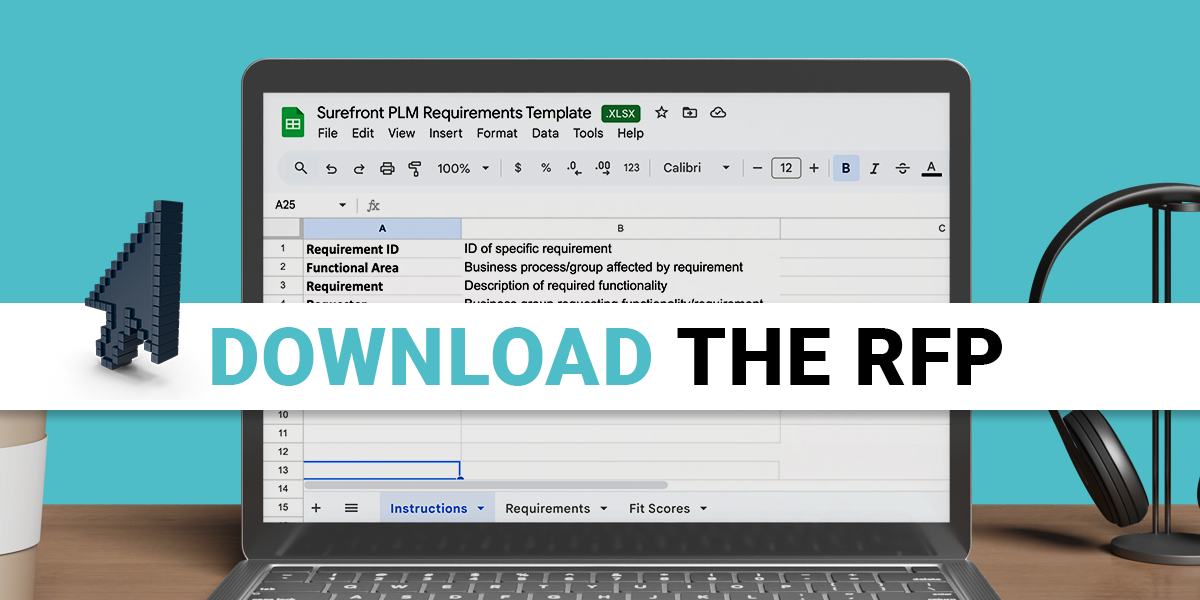
Choosing the right segment depends on your industry and specific needs. For retail and fashion, solutions like Surefront stand out by offering intuitive interfaces and complete business workflows—from product development to sales.
3. Crafting the Perfect RFP
An effective RFP is critical for identifying the right PLM vendor. Here’s how to structure it:
Define Your Needs
- What are your biggest pain points?
- Which processes need automation?
- What integrations are essential (e.g., ERP, PIM)?
Prioritize Key Features
- Centralized data management
- Customizable workflows
- Real-time collaboration tools
Ask the Right Questions
- How intuitive is the user interface?
- What training and support are included?
- Can the solution scale with your business?
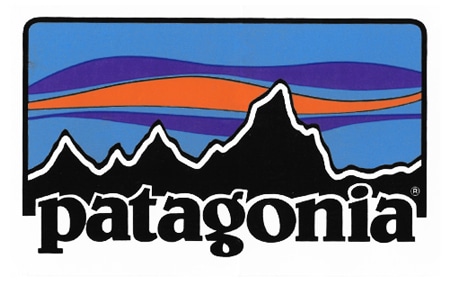 |
Patagonia, known for its sustainable practices, used a detailed RFP process to identify a PLM vendor that could align with their values and help manage their eco-friendly product lines. |
4. Evaluating Vendors
Once you receive RFP responses, it’s time to evaluate vendors thoroughly. Here are some tips:
- Request Demos: Test how well the software aligns with your workflows.
- Check References: Speak with current users about their experiences.
- Focus on Usability: Look for solutions that are easy to adopt across teams.
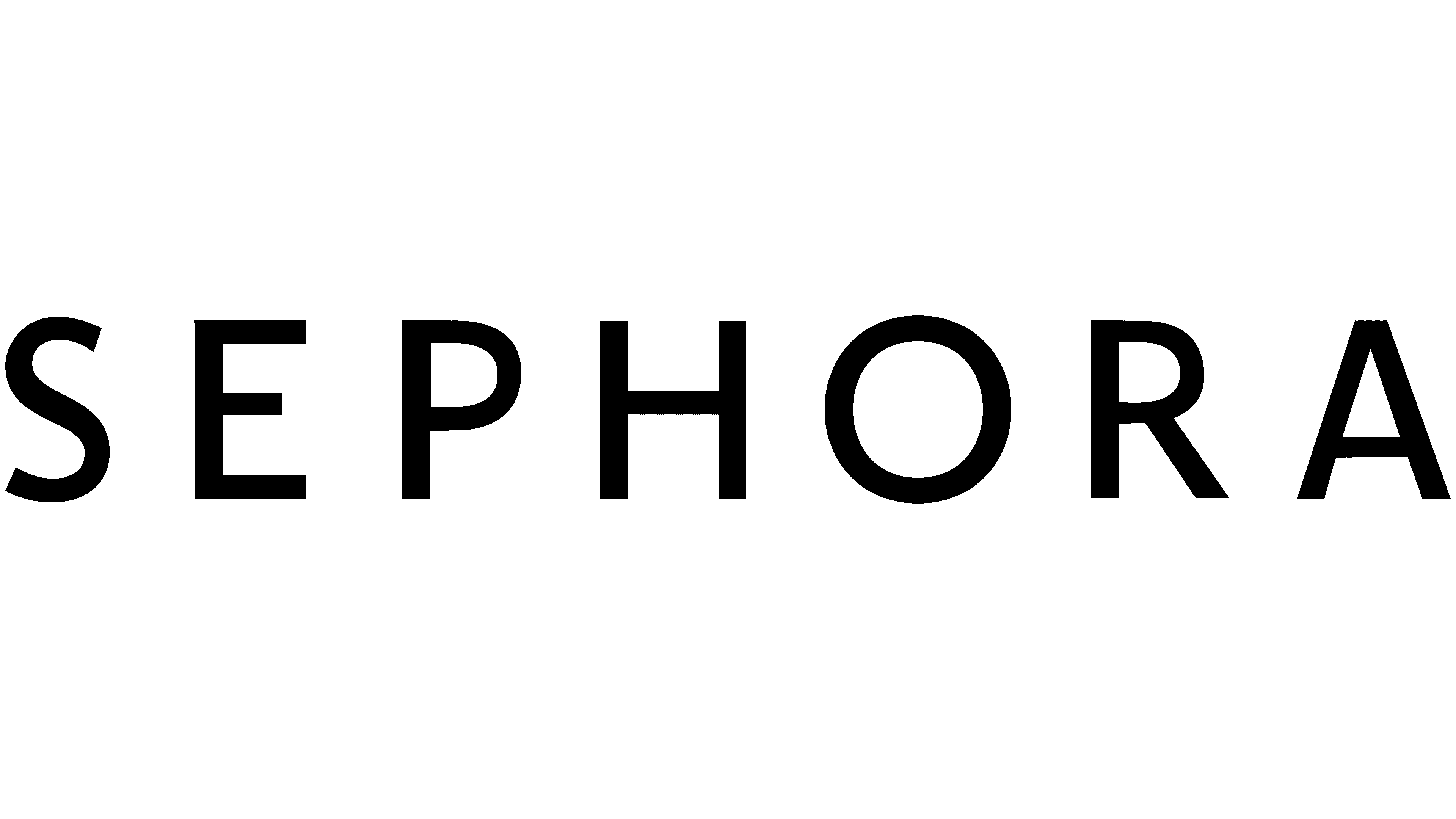 |
Sephora evaluated several PLM vendors before selecting one that streamlined collaboration between its design and sourcing teams. This choice improved transparency and reduced production delays by 15%. |
Why Surefront?
Surefront combines intuitive design, customizable workflows, and a complete suite of tools to support both product development and sales. Its unified platform reduces complexity and ensures rapid onboarding.

5. Avoiding Common Pitfalls
When selecting PLM software, watch out for these mistakes:
- Ignoring Scalability: Ensure the system can grow with your business.
- Overlooking Usability: A steep learning curve can hinder adoption.
- Skipping Training: Onboarding support is crucial for team success.
 |
H&M scaled its operations to 4,000+ stores worldwide by adopting a PLM system that supported collaboration and real-time data sharing across global teams. |
6. Implementing Your Chosen PLM Software
A successful implementation requires careful planning and execution. Follow these steps:
Crawl (Month 1)
- Onboard and train your core team.
- Set up data structures and workflows.
- Migrate product data into the system.
Walk (Months 2-3)
- Train suppliers and partners.
- Test workflows and gather feedback.
- Adjust processes for better alignment.
Run (Months 3-12)
- Roll out the system across all teams.
- Monitor progress with metrics and reports.
- Share success stories to build momentum.
7. Measuring Success
After implementation, track these KPIs to measure ROI:
- Time-to-Market: Reduced by 20%-30%.
- Error Rates: Decreased by 15%-25%.
- Collaboration Efficiency: Improved by 30%-40%.
Example: A global home furnishings retailer using Surefront reduced product development cycles by 40% and achieved 3x ROI within six months of implementation.
Conclusion
Choosing and implementing the right PLM software is a transformative step for your business. By following a structured RFP process, evaluating vendors thoroughly, and planning your implementation carefully, you can ensure a successful transition that drives long-term growth.
Ready to take the first step? Download Surefront’s free RFP template and start building your roadmap to better Product Lifecycle Management today!

The RFP Playbook 1: Selecting the Best PLM
The RFP Playbook 3: A Blueprint for PLM Success
Further Reading
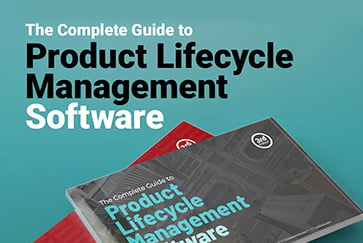
PLM vs PIM: Which Do You Need?

What are Tech Packs?
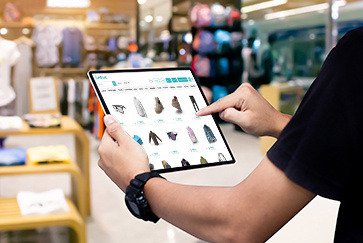
The Ultimate Guide to a Perfect Line Sheet

The Complete Guide to Product Development and Merchandising
Surefront is flexible. It works seamlessly when the buyer and vendor are meeting in-person or discussing products remotely.
You don’t want your data to be siloed. Your company’s CRM, PIM and PLM solutions shouldn’t operate in a vacuum, either. Surefront is a unified product collaboration platform to power growth and ROI. Our patented PIM, CRM, and PLM solutions streamline the omni channel sales, merchandising and product development processes. By combining these essential functionalities, Surefront creates a single source of truth throughout your Product Lifecycle, sales and listing processes.
References
- The Lab Consulting Fortune 500 Product Management Standardization
- Clarkston Consulting Product Lifecycle Management (PLM) Case Study
- Zenkins The Role of PLM in Manufacturing
- Fortune Business Insights Market Size and Share, 2032
Share this
- PLM Software (36)
- PIM Software (29)
- Apparel & Fashion (20)
- Trending Topics (20)
- Merchandising (16)
- CRM Software (13)
- PLM Implementation (11)
- Catalog Management (6)
- Tech Packs (6)
- PLM RFP (5)
- Success Stories (5)
- Sustainability (5)
- Data Import (4)
- Line Sheet (4)
- Luxury Goods & Jewelry (4)
- Product Development (4)
- Retail (4)
- Supply Chain (4)
- Category Management (3)
- Home Furnishings (3)
- Wholesale (3)
- Consumer Packaged Goods (CPG) (2)
- Cosmetics (2)
- Data Export (2)
- Health & Beauty (2)
- RFQ & Quote Management (2)
- Consumer Electronics (1)
- Import & Export (1)
- Industry Events (1)
- Inventory Management (1)
- Pet Stores (1)
- Purchase Orders (1)
- Report Builder (1)
- Textiles & Raw Materials (1)
- Unified Solution (1)
- Vendor Management (1)
- Visual First (1)
- White Paper or Case Study (1)
- workflow (1)
- October 2025 (3)
- September 2025 (3)
- August 2025 (4)
- April 2025 (4)
- March 2025 (3)
- January 2025 (8)
- December 2024 (5)
- November 2024 (3)
- October 2024 (5)
- September 2024 (6)
- August 2024 (2)
- July 2024 (1)
- June 2024 (3)
- May 2024 (4)
- April 2024 (5)
- March 2024 (3)
- February 2024 (2)
- December 2023 (4)
- September 2023 (2)
- August 2023 (5)
- July 2023 (3)
- June 2023 (2)
- May 2023 (2)
- April 2023 (4)
- March 2023 (5)
- February 2023 (3)
- January 2023 (5)
- December 2022 (4)
- November 2022 (3)
- October 2022 (4)
- September 2022 (5)
- August 2022 (4)
- July 2022 (2)
- May 2022 (1)
- February 2022 (1)
- January 2022 (1)
- September 2021 (1)
- May 2021 (1)
- April 2021 (1)
- February 2021 (1)
- May 2020 (1)




